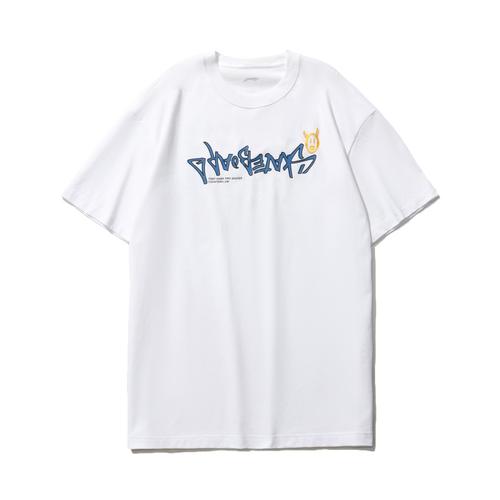The choice of fabric has an important impact on the comfort, durability and appearance of the garment. Stretch and abrasion resistance are two key factors when choosing fabrics. The following will introduce you to the elasticity and wear resistance of different fabrics, and provide some fabric selection tips.
1. Cotton: Cotton is a natural fabric with good air permeability and strong moisture absorption. It has good elasticity and can provide a certain degree of stretch to the body, but relatively speaking, the elasticity is slightly worse than other synthetic fiber fabrics. Cotton cloth has good wear resistance, and with appropriate treatment, its wrinkle resistance and wear resistance can be improved.
2. Linen: Linen is a fabric made of linen fiber. It has natural fiber elasticity and gives the human body a certain degree of stretch. However, burlap has relatively poor abrasion resistance and is prone to pilling or tearing. During the production process of linen, attention needs to be paid to strengthening the structure between fibers to improve its wear resistance and elasticity.
3. Wool: Wool is a warm and comfortable fiber with good elasticity and resilience. It can give the body good stretch and softness. Wool has good wear resistance, but care needs to be taken to avoid too frequent brushing and friction to avoid damaging its fiber structure.
4. Nylon: Nylon is a synthetic fiber with excellent elasticity and wear resistance. It can give the body greater stretch and a tight fit. Nylon fabrics are often used in sportswear and underwear that require high-grade stretch to provide better support and comfort.
5. Polyester: Polyester is a synthetic fiber with good elasticity and wear resistance. It has excellent stretchability and resilience, giving the body good stretch and suppleness. When selecting polyester fabrics, you need to pay attention to different weaving methods and processing methods to obtain ideal elasticity and wear resistance.
6. Elastic fiber: Elastic fiber such as spandex, Lycra, etc. has excellent elasticity and can give the body a great degree of stretch and close fit. This fiber is often used in tight-fitting clothing, sportswear and other occasions that require a high degree of stretchability. However, spandex has relatively low abrasion resistance and requires special attention to care and use to avoid overstretching and scratching.
When choosing fabrics, you can make trade-offs based on specific needs and occasions. If you focus on comfort and breathability, cotton and linen are good choices; if you are looking for strong elasticity and tightness, nylon and polyester are more suitable; and wool is suitable for making warm winter clothing. In addition, the wear resistance of the fabric must also be considered, and corresponding work must be done in sorting and maintenance to extend the service life of the fabric.
In short, elasticity and wear resistance are important factors affecting fabric quality. When choosing fabrics, make a reasonable choice based on the required degree of elasticity and durability, and adopt appropriate care and use methods to ensure the comfort and durability of the fabric.








